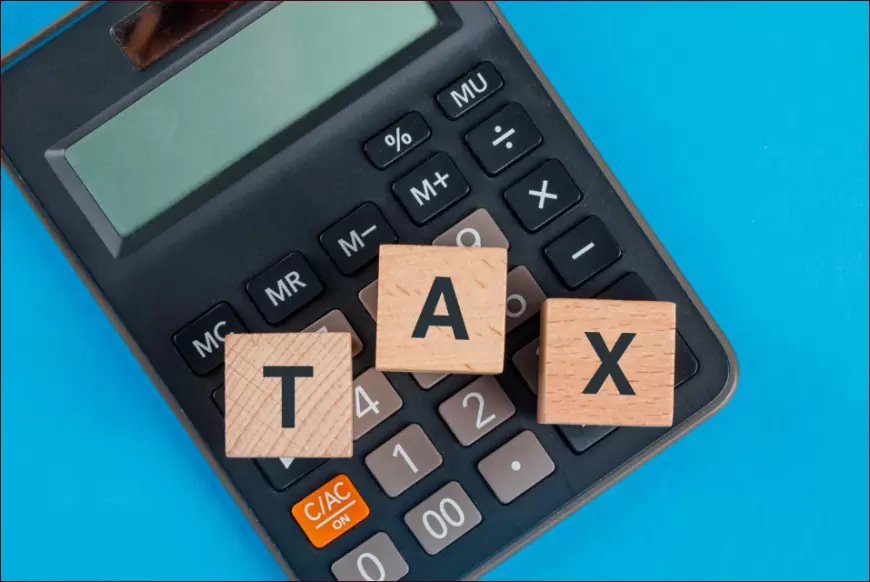Upgraded Electronic Tax Registers (ETRs): What You Need to Know
Simplify your VAT returns and enhance tax invoicing with upgraded Electronic Tax Registers (ETRs). Find out why businesses should embrace this evolution in tax administration.

The Kenya Revenue Authority (KRA) plays a crucial role in the economic landscape of Kenya. Established by an Act of Parliament in 1995, KRA is responsible for collecting revenue on behalf of the Kenyan government. One key mechanism KRA employs to ensure adequate revenue collection is the Electronic Tax Register (ETR) system. In this article, I will explain the evolution of ETRs and the recent upgrades, shedding light on what you should know about the upgraded Electronic Tax Registers (ETRs) and why they matter to businesses and consumers.
Now, Let us get started.
History of ETRs
ETRs were first introduced in Kenya in 2005 with the primary objective of streamlining the Value Added Tax (VAT) collection and reducing instances of tax evasion. These electronic devices, including Electronic Fiscal Printers (EFPs) and Electronic Signature Devices (ESDs), have played a pivotal role in modernizing tax collection over the years.
The Transition to Electronic Tax Invoice
In September 2020, Kenya took a significant step forward in tax administration by introducing the VAT (Electronic Tax Invoice Regulations) 2020. This new regulation mandated the implementation of the Electronic Tax Invoice system, designed to enhance accuracy and transparency in tax reporting.
What is the Electronic Tax Invoice?
The Electronic Tax Invoice, as per the VAT Electronic Tax Invoice Regulations 2020, is the next step in the evolution of tax registers. VAT-registered taxpayers must now upgrade their ETRs to comply with the new regulations. These upgraded ETRs can validate invoice data at the point of sale and transmit electronic versions of tax invoices to KRA in real-time or near real-time.
To facilitate this transition, the KRA has published a list of approved ETR Suppliers and Manufacturers who will guide businesses in complying with the new regulations. The upgrade is managed through the Tax Invoice Management System (TIMS), which is expected to positively impact VAT administration, leading to increased compliance, reduced VAT fraud, and higher tax revenue.
How to Comply
Compliance with the new Electronic Tax Invoice regulations is crucial for all VAT-registered taxpayers. The transition period began on August 1 2021, and taxpayers were initially given 12 months to ensure a smooth transition. However, certain developments extended the deadline to November 30, 2022.
The KRA has issued compliance guidelines, and businesses are encouraged to follow them diligently to meet the new requirements. It's important to note that some existing ETR models can be upgraded to meet the latest specifications and functionality. However, replacing the ETR with a compliant one is necessary for those unable to be reconfigured.
Why Should You Care?
You might wonder why this upgrade matters if you don't have a VAT obligation. VAT is a consumption tax applied to goods and services, affecting everyone. When businesses comply with VAT regulations, it ensures that taxes are collected accurately and transparently. The Electronic Tax Invoice even includes a QR code that allows consumers to verify the validity of their receipts, confirming that the VAT they've paid has been duly remitted to KRA.
Replacing Your Current ETR
You may only need to replace it partially if you're a business owner with an ETR. Some recent models of ETRs can be upgraded as long as they meet the required technical specifications and functionality. However, replacing your ETR with one that supports electronic tax invoicing is necessary for those that cannot be reconfigured.
Benefits of the Upgraded ETRs
Now, what's in it for businesses and taxpayers? The transition to the Electronic Tax Invoice system comes with several benefits:
- Simplified Return Filing: The new system makes it easier for businesses to file their VAT returns, as much of the data is pre-filled.
- Automated Activation: ETR activation is automated, reducing administrative burdens.
- VAT Auto Assessments: The system simplifies the VAT Auto Assessments (VAA) process.
- Invoice Validation: It ensures the accuracy and validity of tax invoices through a validation process.
- Faster VAT Refunds: Businesses can expect faster processing of VAT refunds from the KRA.
- Fair Taxation: It levels the playing field in taxation, ensuring that all businesses pay their fair share of tax.
READ ALSO: How to Apply for Capital Gains Tax Exemption in Kenya
Conclusion
The upgraded Electronic Tax Registers represent a significant step forward in Kenya's tax administration system. Compliance with these regulations ensures transparency, accuracy, and fairness in tax collection, benefiting businesses and the general public. VAT-registered taxpayers must adhere to the guidelines and take advantage of the benefits of the new Tax Invoice Management System (TIMS). This not only streamlines tax processes but also contributes to the growth and development of Kenya's economy.












































































